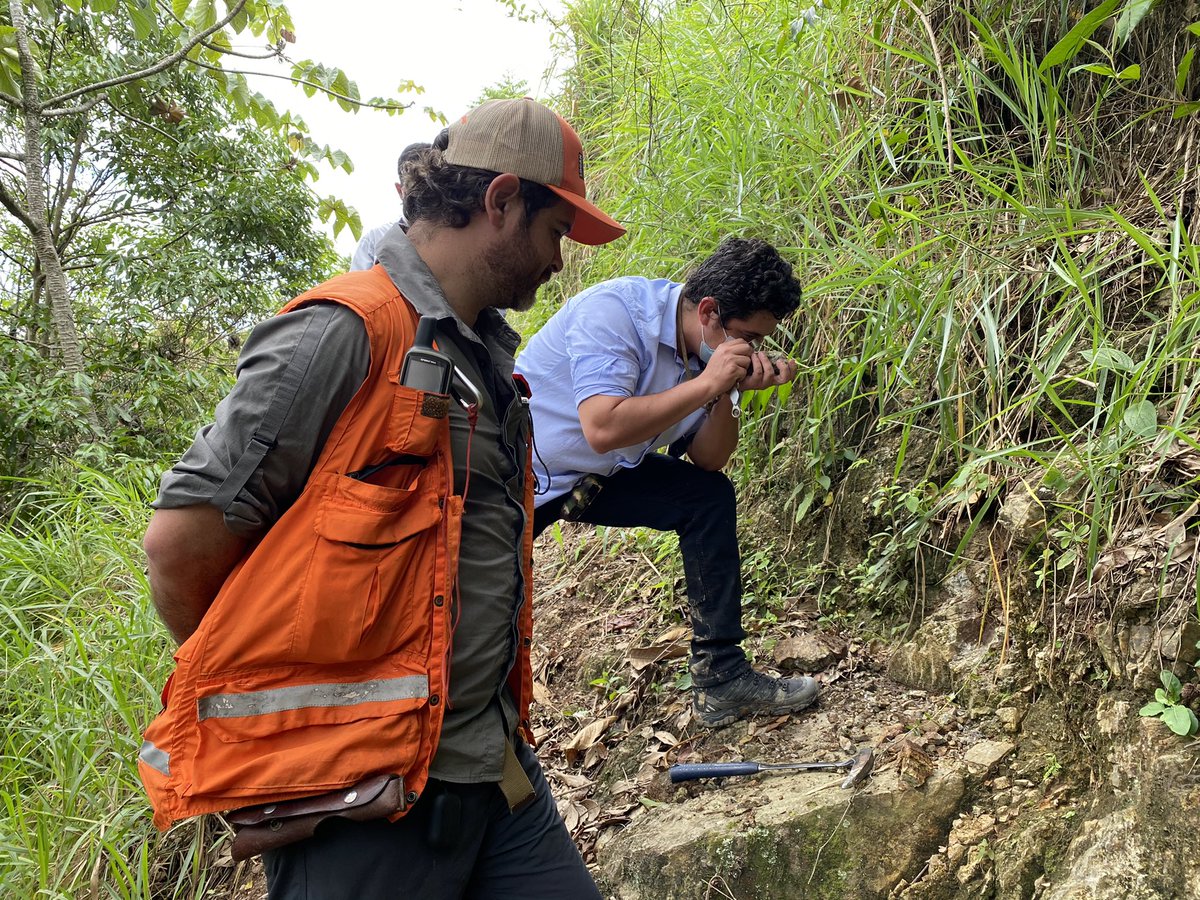
When hunting for the best mining stocks, it can often feel like playing the lottery. Most companies seem to be exploring in the dark, hoping for the right combination of mineralization and luck. However, some companies use historical data and advanced mapping to target their projects and drill programs, and Collective Mining is one of those companies.
Collective Mining (TSXV:CNL) is an exploration and development company working to identify and explore gold projects in South America. The Collective team was previously responsible for discovering, permitting, and constructing the largest gold mine in Colombia, and ultimately selling that company (Continental Gold) to Zijin Mining for C$2 billion. It would be an understatement to say that this team has experience with exploration success.
So when the company set up a new project at its Guayabales and San Antonio sites, it sent up a flare to the industry that something beyond the nearby Marmato Mine might be sitting just below the surface. Aris Gold is advancing and managing the Marmato Gold Mine, sitting right next door.
The Neighbour
Aris Gold operates the Marmato Mine in Colombia, where a modernisation and expansion program is underway. The Marmato mine is located in the Marrato Gold District of the Department of Caldas, a mountainous area about 80 km south of Medellin, Colombia.
Marmato is a 13-year mine that currently boasts gold reserves of 2.0Moz @3.2g/t, M&I gold resources of 4.1M0z @ 3.2g/t, inferred gold resources of 2.2 Moz @ 2.6 g/t, and strong production in place. Marmato has a processing capacity of 5,500 tpd, equalling 165koz per year in LOM average production, with an LOM average AISC of $US880 per oz. Marmato is producing, and the extension will help.
However, this is an established project that hasn’t fully lived up to the hype of the discovery. Capex for the lower mine expansion is in place and set at an estimated US$268 million. The lower mine is going to need to pay off huge if that investment is to pay for itself and then some.
While Marmato has seen some success, investors are beginning to wonder if there is a better value investment just down the road, with Collective Mining’s Guayables project.
The New Kid on the Block
The Guayabales Project is located approximately 75 km south of Medellin in a strike area adjacent to the Marmato Gold Mine. The Marmato mine has a long history dating back to pre-colonial times and was used as security for financing the war of independence against Spain. The project is located along the NW trend of the Marrato Mineralized Corridor and represents an immediate NW extension of this trend.
Collective Mining (TSXV:CNL) may present somewhat of a more attractive opportunity because of the size of the untapped potential. Yes, there can be a first-mover advantage that Aris Gold has enjoyed for some time. However, the second mover is the one that gets to learn from the first’s mistakes and improve everything.
For one, Collective isn’t wasting any time. The company announced in mid-September that its 7,500 metre diamond drilling program had commenced. That program will include drill testing at five targets including Donut, Box, Olympus, Victory, and ME. Additionally, investors won’t have to wait for assay results very long, as the first assay results are anticipated in October.
Last week, the company already filed a NI 43-101 Technical Report for the Guayabales Project as well, wasting no time in getting results to investors.
Collective might also have a more attractive capital structure with only 47.2 million shares outstanding, and no warrants exist. While it is early stages still, the company’s $26 million cash balance is a strong start for a project that is already showing strong early signs of high-grade mineralization. Certainly choosing a site along a proven deposit adjacent to a producing mine is helping. Marmato hosts 6.3 million oz – how much might Guayabales have?
Is Guayabales the Next Marmato?
So is Guayabales the next Marmato? Well, the sites share many similarities including the same host rocks, structural trends, styles of mineralization, and types of alteration. Additionally, it should be noted that precious metals mineralization at Marmato is exposed at a vertical extent of more than 1,000 metres. For some context, exploration at Guayabales has only been limited to the upper 100-200 metres of the system.
So, there could be a potential 80%+ of the system unexplored at this point, with tens of millions to spend expanding the drill program further. Any one of the five targets could end up yielding a large, mineralized porphyry system.
Guayabales includes a package of 3,333 ha, close to connections to the national electricity and natural gas grids that run just 3 kilometres east of the project. Sitting in the middle of the 250 kilometre long Middle Cauca Gold Belt hosting approximately 100 million oz Au and 11+ billion pounds Cu, this is seemingly the best possible property in the area.
Asking now whether Guayabales is the next Marmato seems premature, but at this rate, it might not be. Guayabales presents possible greater potential upside for investors who might already be decided that the proven reserves and life of mine at Marmato just aren’t cutting it. Instead, the market now is more likely deciding whether Guayabales will be bigger than Marmato, and whether the team that sold Continental Gold in a multi-billion dollar deal is about to hit its second home run.



 Follow us on Twitter
Follow us on Twitter Become our facebook fan
Become our facebook fan










Comments are closed.